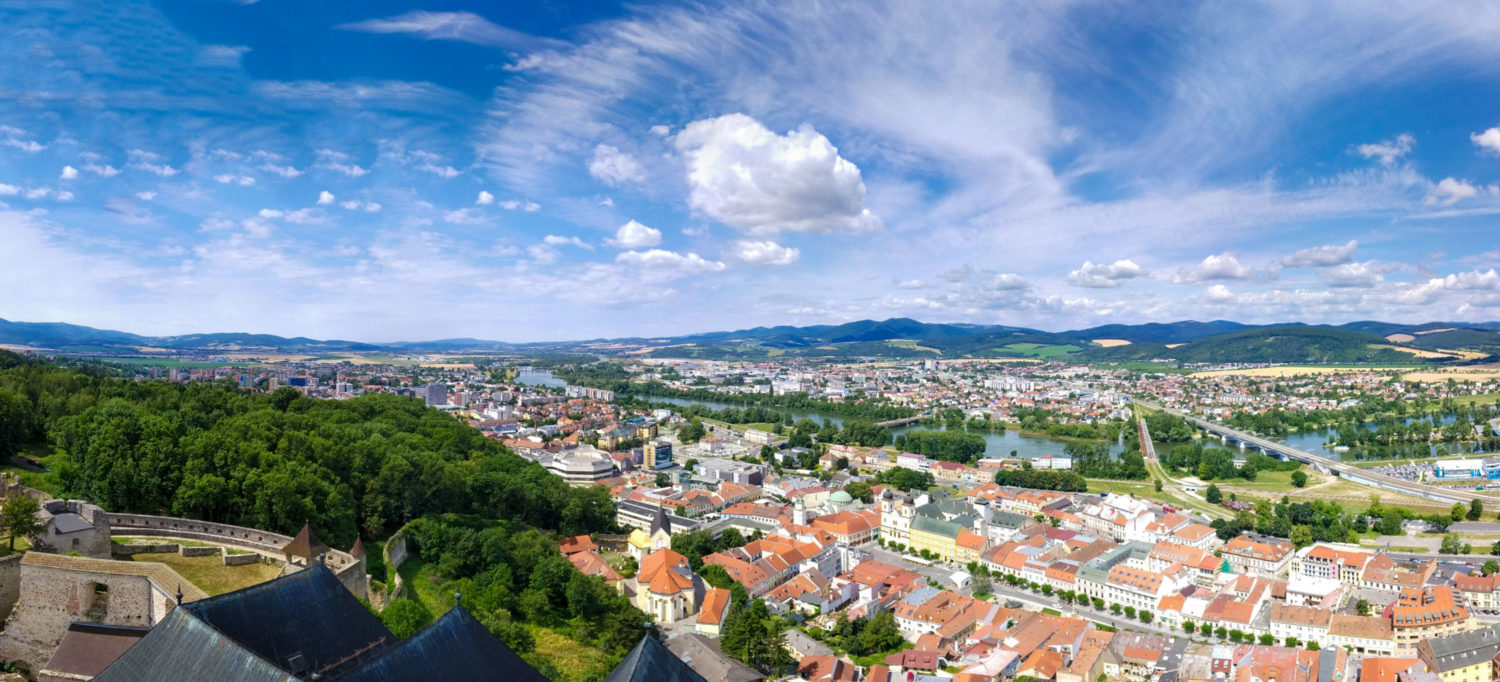The surroundings of Trenčín belong among the areas with the densest settlement in the Old Stone Age (Palaeolithic) in Slovakia. For several decades Neanderthals and mammoth as well as reindeer hunters dwelt in places offering a good view of the river Váh, where wild animals migrated.
Findings in the brickyard
The history of Brezina dates back to the most distant past – as far as the very beginnings of the settlement of Trenčín. The first archaeological finds from the nearby location of Nad tehelňou were discovered in the last years of Austria-Hungary by Karol Brančík, the founder of the Museum of Trenčín. In 1961, an archaeological survey was carried out under the supervision of Juraj Bárta from the Archaeological Institute of the Slovak Academy of Sciences, giving rise to a collection of 170 split artefacts, dating to a period of approximately 35,000 to 40,000 years ago. The settlement is known in the literature as Trenčín IV.
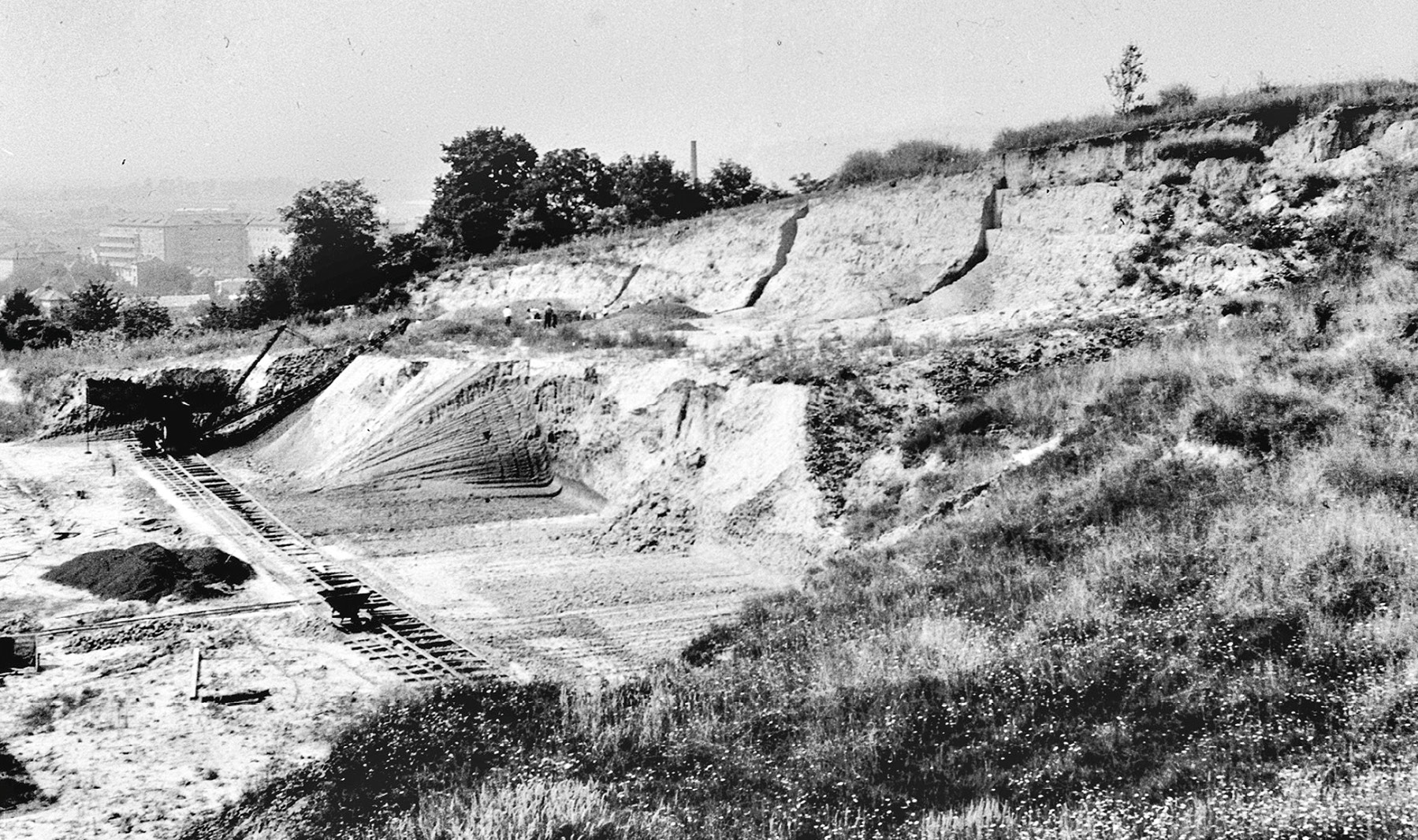
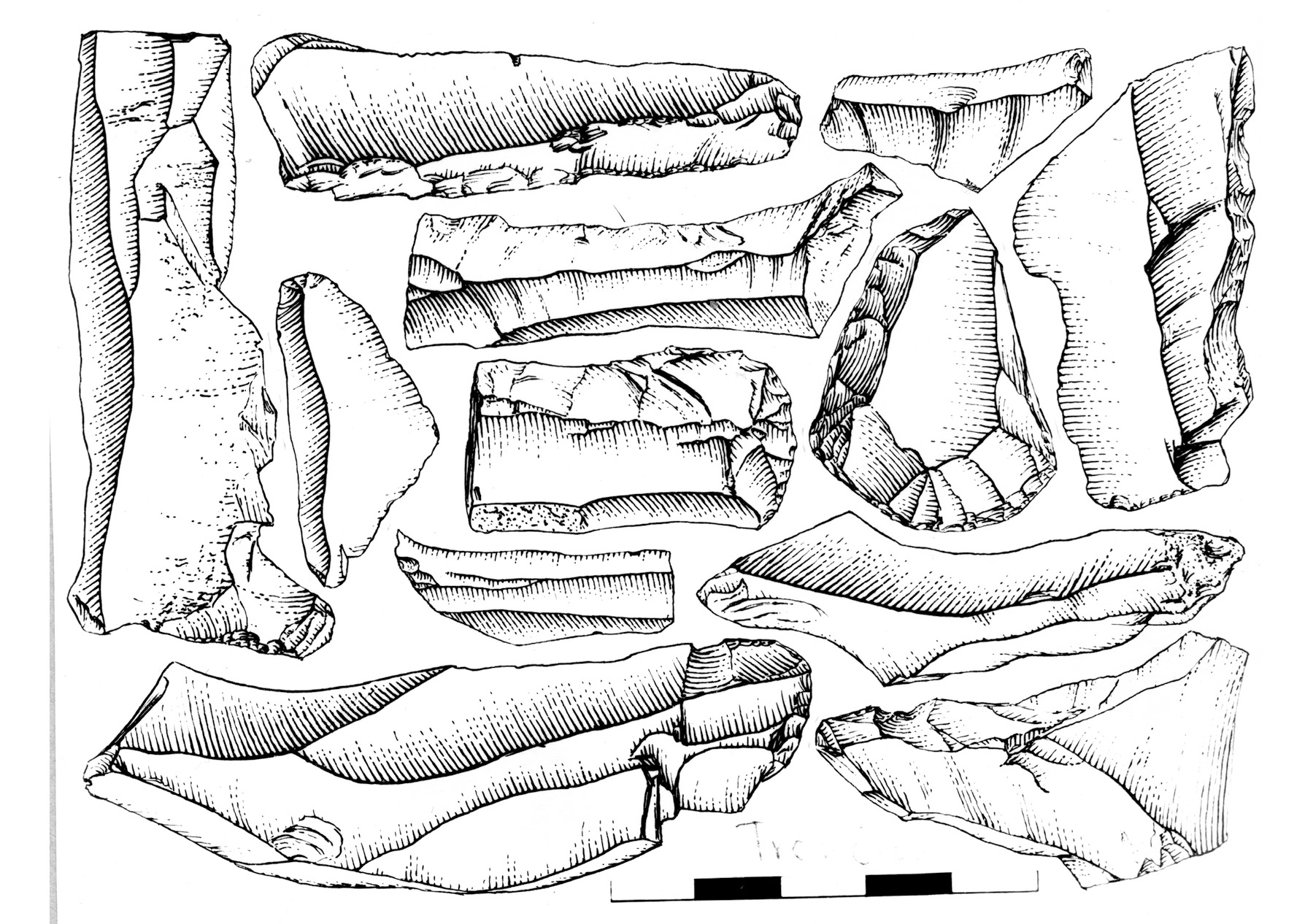
It was a strategic point with an excellent view of the Váh Valley, through which game migrated. The stone tools were cut out of high-quality local raw material – red-brown and green radiolarite, which could also be found in the Váh Valley. The houses on Nad tehelňou Street or in its neighbourhood are built in places people preferred already in the Old Stone Age. It seems that it has always been considered a good address.
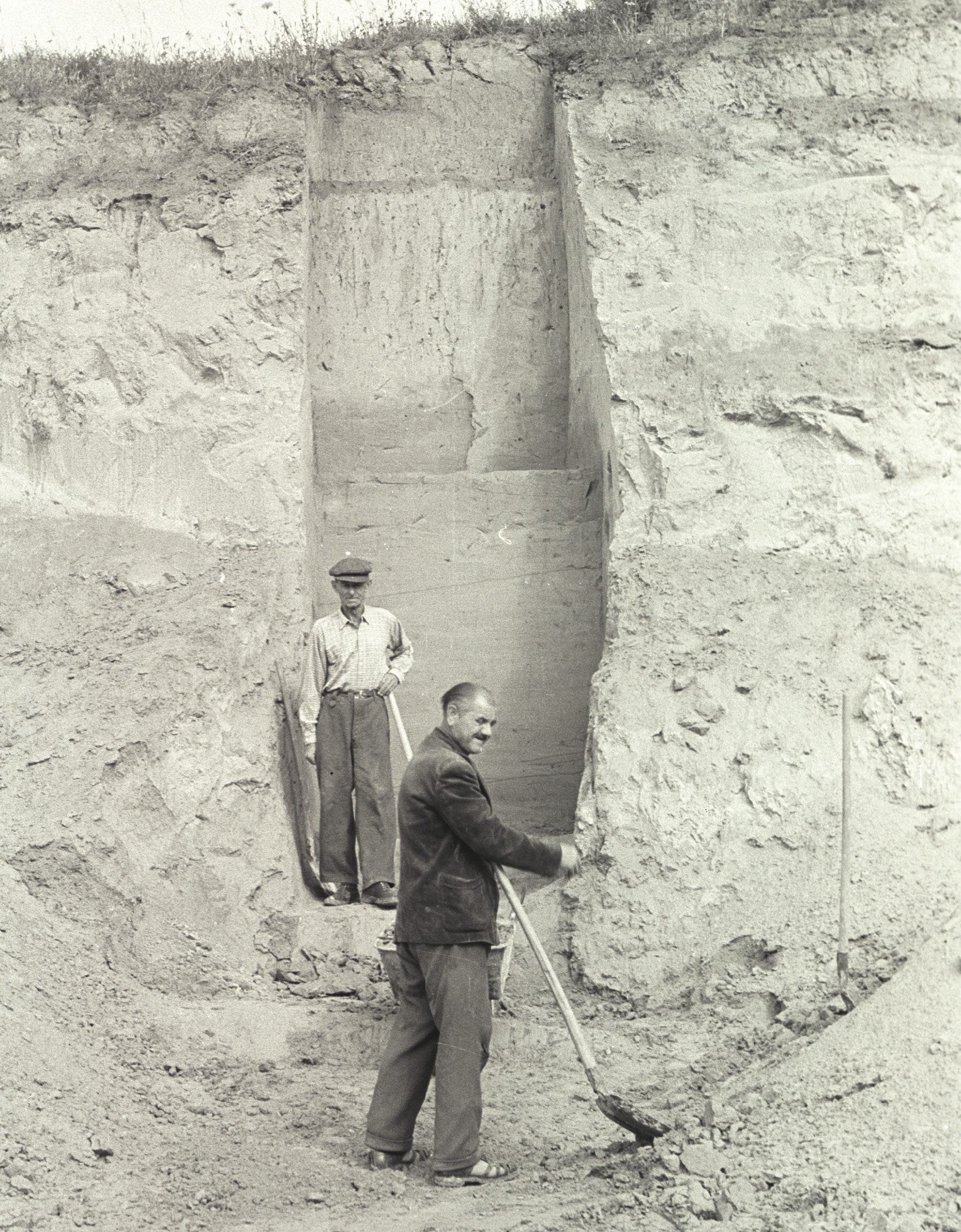
Neanderthals and others
This site is only one of the finds from the Old Stone Age (Palaeolithic) in the surroundings of Trenčín, belonging to the regions with the densest and best-explored Palaeolithic settlement in Slovakia. According to the current state of the survey, the first inhabitants of the Trenčín region in the Middle Palaeolithic were Neanderthals, whose tools were found in Zamarovce, Trenčianska Turná – Hámre and Mníchova Lehota. The method of tool production proves perfect knowledge of stone processing more than 40,000 years ago.
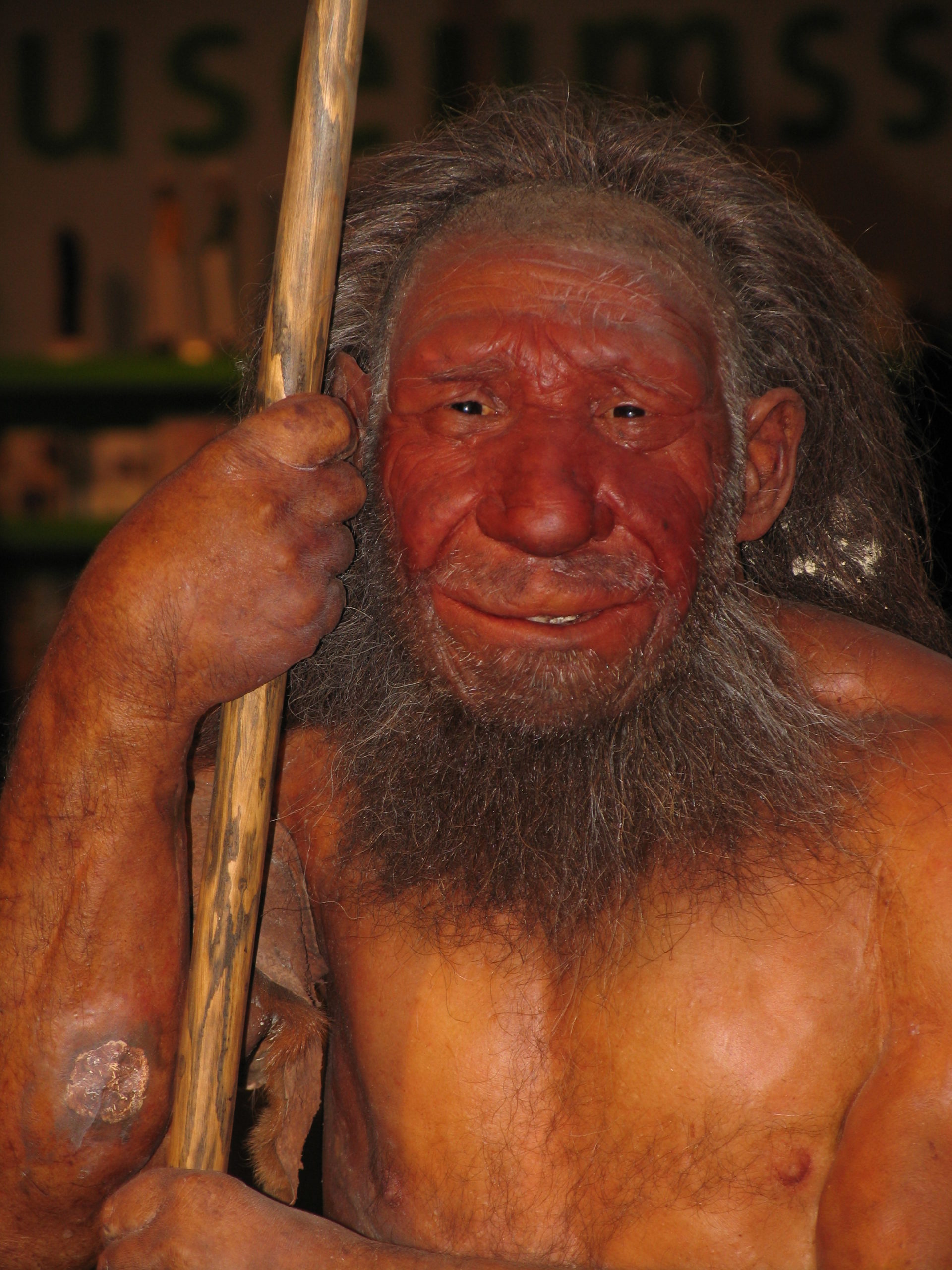
Modern people who made completely different slender tools using blades replaced Neanderthals in the Early-Upper Palaeolithic about 35,000 – 40,000 years ago. Besides the local radiolarite, they used flint from the area of today’s northern Moravia or southern Poland or limnosilicite from the area of today’s Central Slovakia region. Apart from the Trenčín IV site, they probably also settled in Ivanovce. Tens of thousands of years ago, people wandered up and down the region of today’s Central Europe. However, considering the conditions of the ice age, there is no reason to envy them.
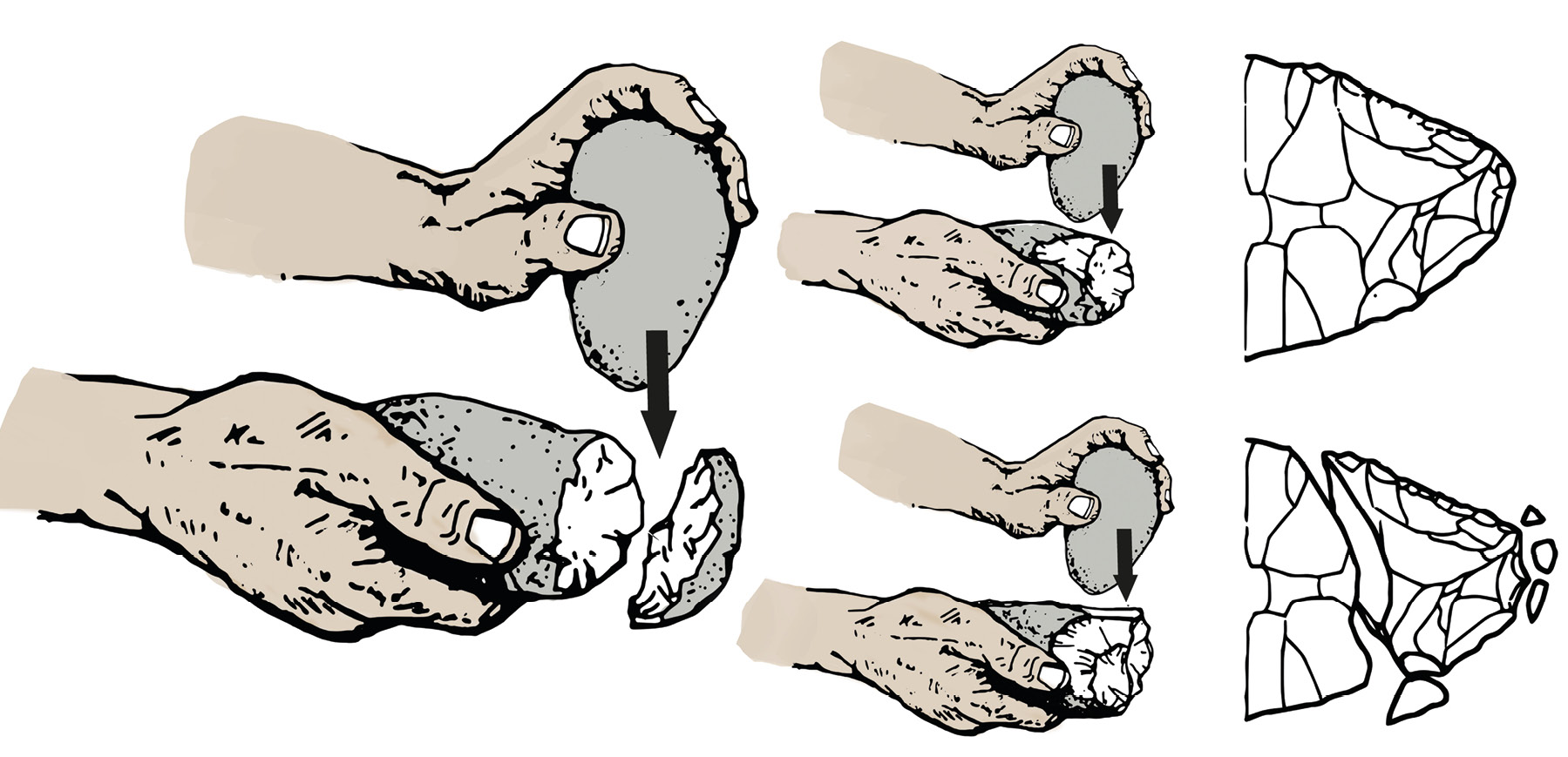
From Moravany to Trenčín
The best evidence of a settlement near Trenčín dates back to the Middle-Upper Palaeolithic. During this period, about 25,000 – 30,000 years ago, the dominant culture in our territory was the Gravettian culture, also known as the “mammoth-hunters”. It is from this period that we have the oldest evidence of art in Moravia and Slovakia, the Moravian Venus holding its honorary position. Who knows, maybe it was made by someone who strayed into the area of present-day Trenčín. Several Palaeolithic sites date back to the same period of the Upper Gravettian, especially in the micro-region of Trenčianske Stankovce – Trenčianska Turná – Mníchova Lehota, but also an exceptional area of Trenčianske Bohuslavice, where the earliest evidence of stone drilling in Slovakia was discovered.
We have little information about further evolution. The Ice Age ended, the giant glaciers melted, the sea level rose by dozens of metres, redrawing the map of today’s Europe. The world of nomadic hunters, tracking their prey, was gone forever.
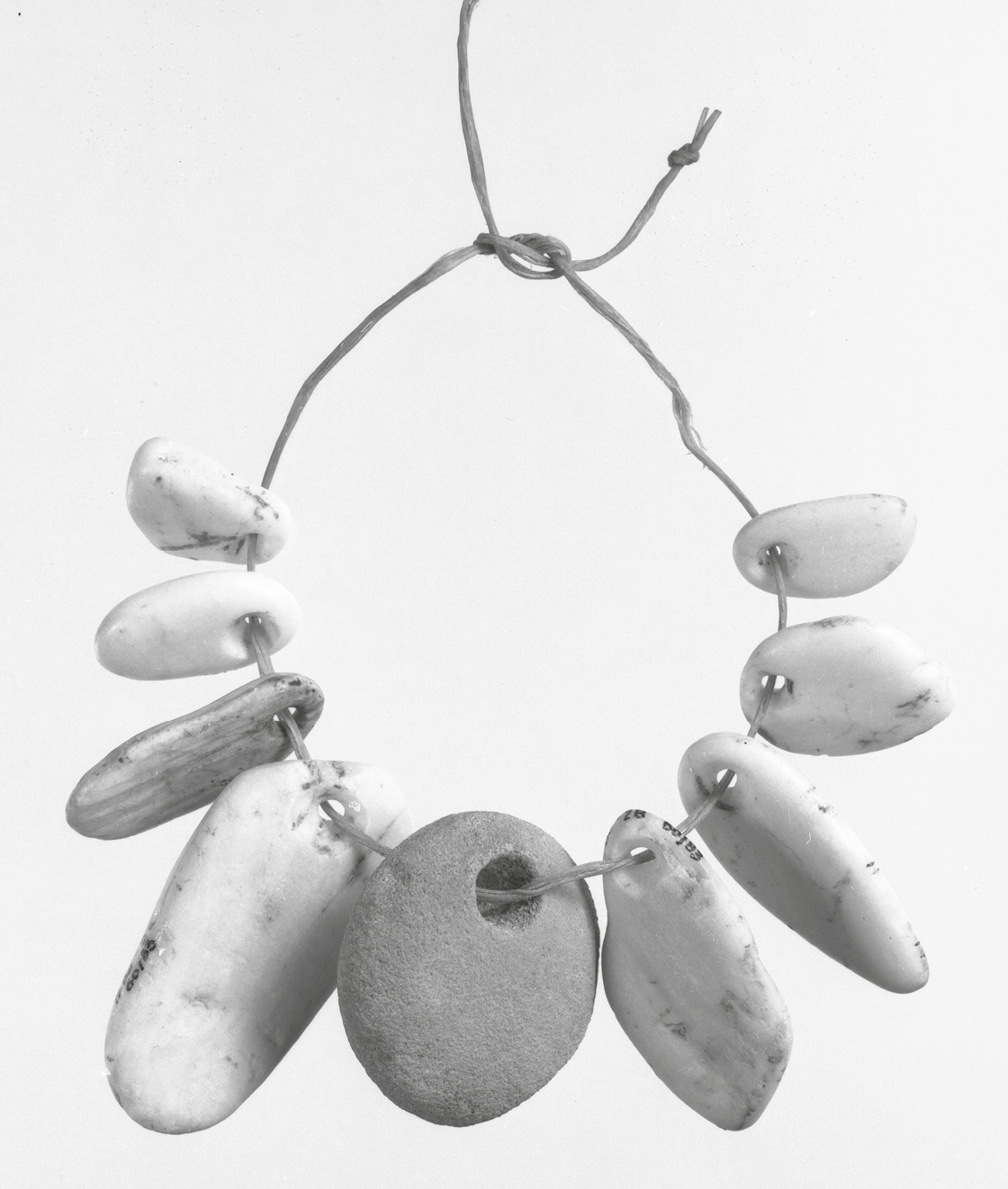
Author: Tomáš Michalík
Pictures:
- Picture 1, 2, 3 and 6: Institute of Archaeology, Slovak Academy of Sciences Nitra
- Picture 4: Man behind the reconstruction: Stefan Scheer, exhibit in the Neanderthal Museum, Mettmann
- Picture 5: Miroslav Patay according to José-Manuel Benito Álvarez and Encyclopedia Britannica.


